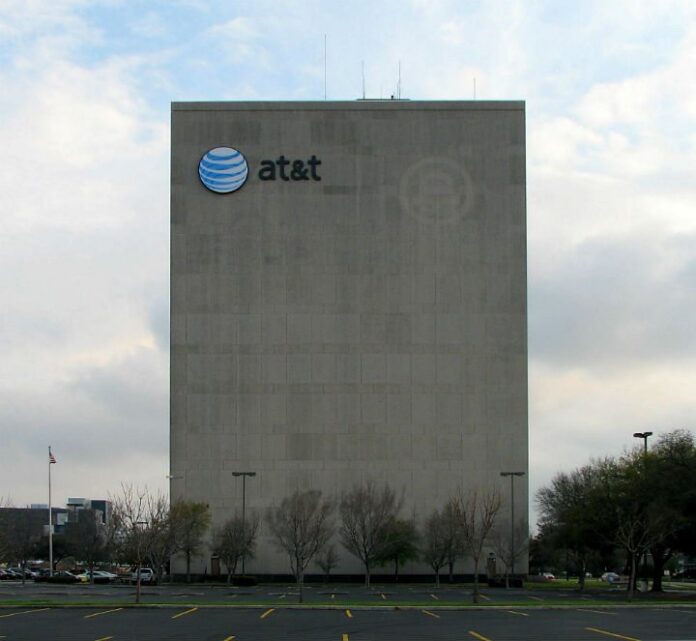AT&T said its working to update its network in Mexico to the same network standards the carrier has in the U.S. market
BARCELONA, Spain – Ralph de La Vega, vice chairman at AT&T, said U.S.-based the telecom operator is working to update its network in Mexico to the same network standards the carrier has in the U.S. market. AT&T last year spent $4.4 billion acquiring Mexican operators Iusacell and Nextel Mexico, and pledged to spend $3 billion upgrading the combined networks.
AT&T’s entry into the Mexican markets has contributed to a changing dynamic across the country’s telecom space.
“There are now three mobile operators that are investing to grow,” said Jose Otero, director for Latin America and the Caribbean at 5G Americas, adding that although marker leader Telcel, which belongs to America Movil, has the largest mobile coverage reaching 92% of the population, Movistar, owned by Telefonica has reached coverage of 87% and AT&T about 50%.
In another panel at this week’s Mobile World Congress event, John Donovan, chief strategy officer and group president at AT&T Technology and Operations, talked about the role network functions virtualization and software is having across the carrier. Donovan said AT&T is increasing the percentage of network functions that will be virtualized this year.
“We don’t think any more on network and IT separate. They are merging,” Donovan noted.
AT&T in late 2014 announced plans to control 75% of its network using NFV and software-defined networking technology by 2020. The move has so far seen the carrier gain control of 5.7% of its network resources using software at the end of 2015, which was ahead of its stated goal of 5%. The goal for 2016 is to reach 30% control.
“The first 5% is the hardest one,” Donovan stated, with the carrier counting 86 unique NFVs operating in its network.
NFV and SDN are said to be significant parts for AT&T in its path to rolling out “5G” technology, with Donovan noting software will allow the carrier a faster roll out of the technology.
Editor’s Note: Travel costs to Mobile World Congress were provided by Samsung.

